NZXT H710i review: Gorgeous looks matched with spacious design
Big and bold with plenty of space.
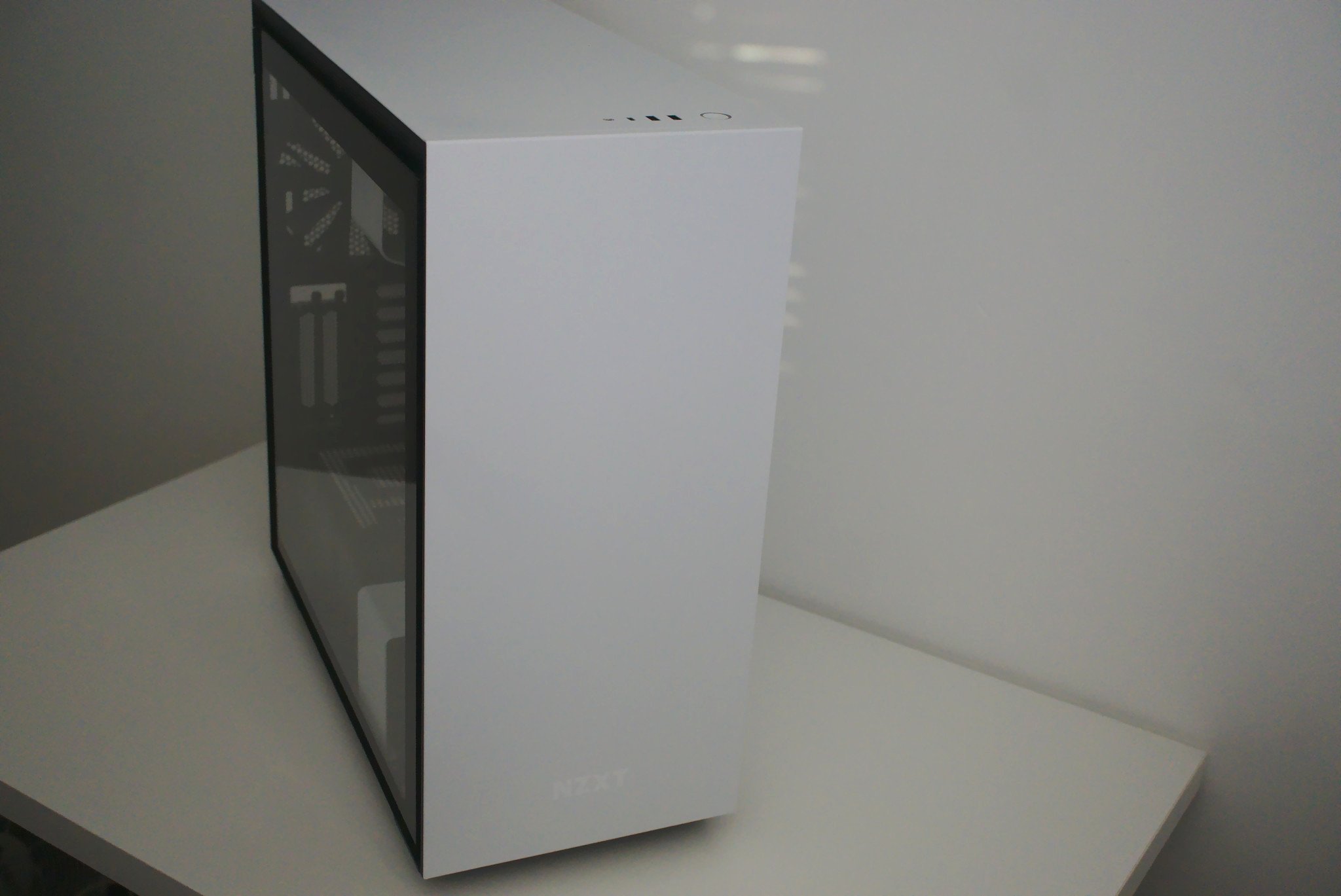
NZXT is best known for its elegant looking PC cases, and the H710i is set to take everything that makes the compact H510i work so well and turn it up to 11. You've got more space within the chassis, even though it's still technically a mid-tower case, as well as a large tempered glass side panel paired up with a sleek painted finish.
Editor's note: NZXT provided Windows Central with a review sample, which was used for in-depth testing and this review. We received a consumer package to emulate exactly what you'll receive should you purchase this PC case.
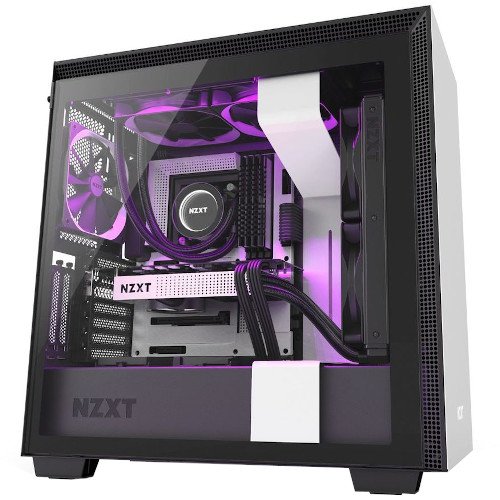
Costs $170Bottom line: A premium, yet spacious mid-tower PC case.
Pros
- Sleek design
- Bags of space
- USB Type-C port
- Tempered glass side
- Plenty of airflow
Cons
- Limited colors
NZXT H710i is stunning
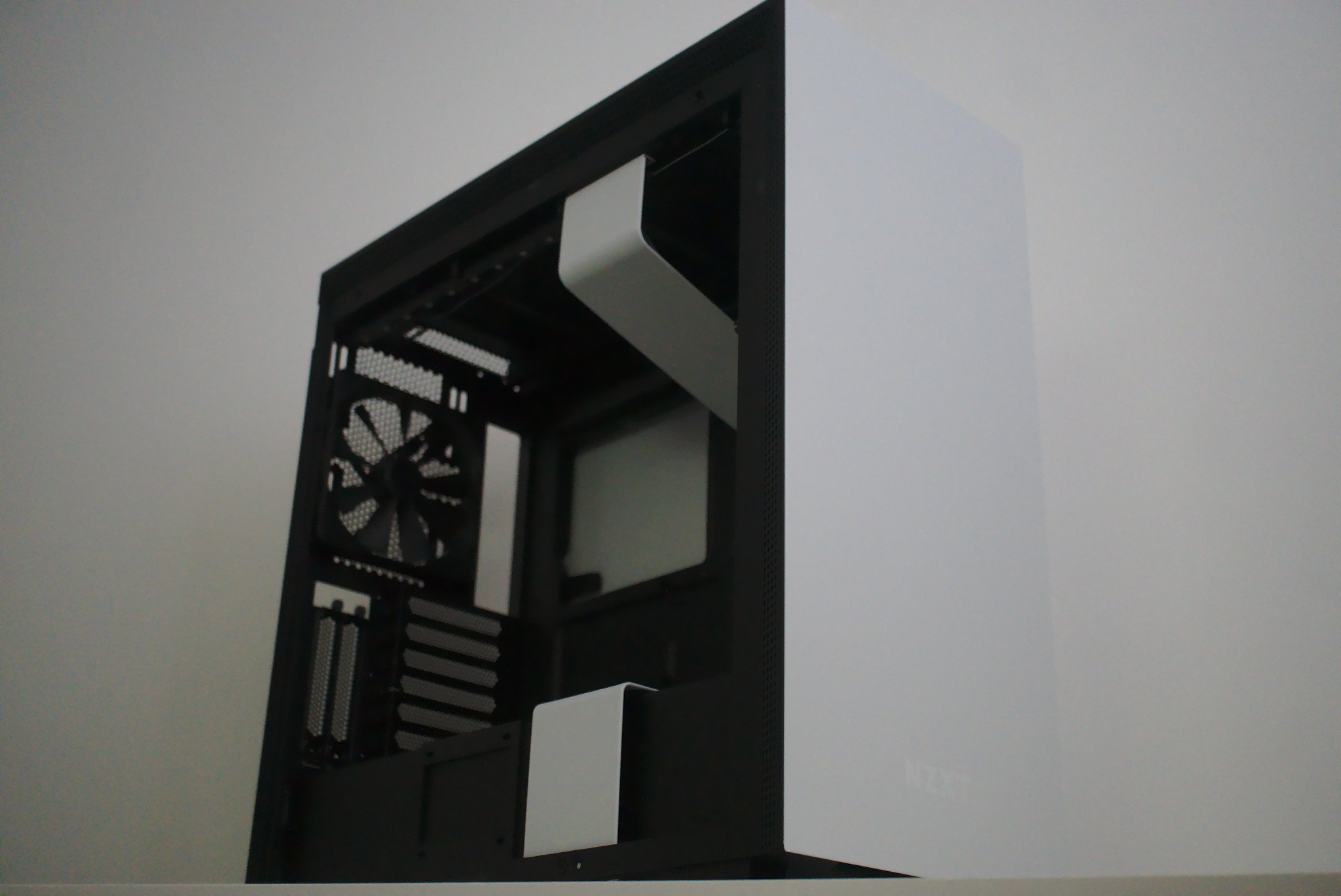
The first thing to notice about any modern H-series case from NZXT is the design. They're all stunning to look at, as is the H710. This new refresh from the company is almost identical to the outgoing H700i, aside from new USB 3.1 Gen 2 USB Type-C port on the front panel. If you're already rocking an H700 case, there's no point in upgrading, but the H710i variant comes with the new Smart Device V2 for controlling fans and lighting.
| Category | Spec |
|---|---|
| Motherboards | ATX MicroATX Mini-ITX |
| I/O | 1x USB 3.1 Gen 2 Type-C 2x USB 3.1 Gen 1 Type-A 1x Headset Audio Jack |
| Expansion | 7 PCI 7 2.5-inch 2+2 3.5-inch |
| Fans | Front: 3x 120 / 2x 140 mm Top: 3x 120 / 2x 140 mm Rear: 1x 120/140 mm |
| Filters | Front PSU |
| Radiators | Front: 120/240/360 mm and 140/280 mm Top: Front: 120/240/360 mm and 140/280 mm Rear: 120/140 mm |
| Clearance | GPU: up to 413mm CPU: up to 185mm |
| Weight | 12.3 kg |
| Dimensions | 230 mm x 516 mm x 494 mm |
| Materials | SGCC Steel, Tempered Glass |
| Warranty | Two years |
The front of the H710i is clean with but a small and subtle NZXT logo towards the bottom of the panel. On top is a similar story, showcasing the small array of ports, comprised of two USB 3.1 Type-A, a single USB 3.1 Type-C, audio jack, and power button. The radiator mounting and vents for the top panel are actually hidden beneath, resulting in a clutter-free look, as well as better shielding from dust falling into the PC while off.
The secondary side panel is bare, as you'd expect from most PC cases, while the main side panel is a tempered glass monstrosity, allowing you to peek inside and gaze at just how spacious the chassis is. NZXT provided ample vent space for air to be sucked in the front and out the rear and top. A perforated section of each side of the case starts from the lower front and wraps around the top rear.
I really dig how NZXT handles the removal of tempered glass side windows. They're held on with rubber grommets along with a single thumbscrew on the rear, which makes it not only easy to remove the panel but also less likely to cause damage due to accidental slippage.
The packaging inside the main box for NZXT cases is always good, providing enough protection for the H710i to arrive without a scratch. A small bag of goodies is included with the H710i, allowing you to mount all your internal components, should you be a little low on screws.
All the latest news, reviews, and guides for Windows and Xbox diehards.
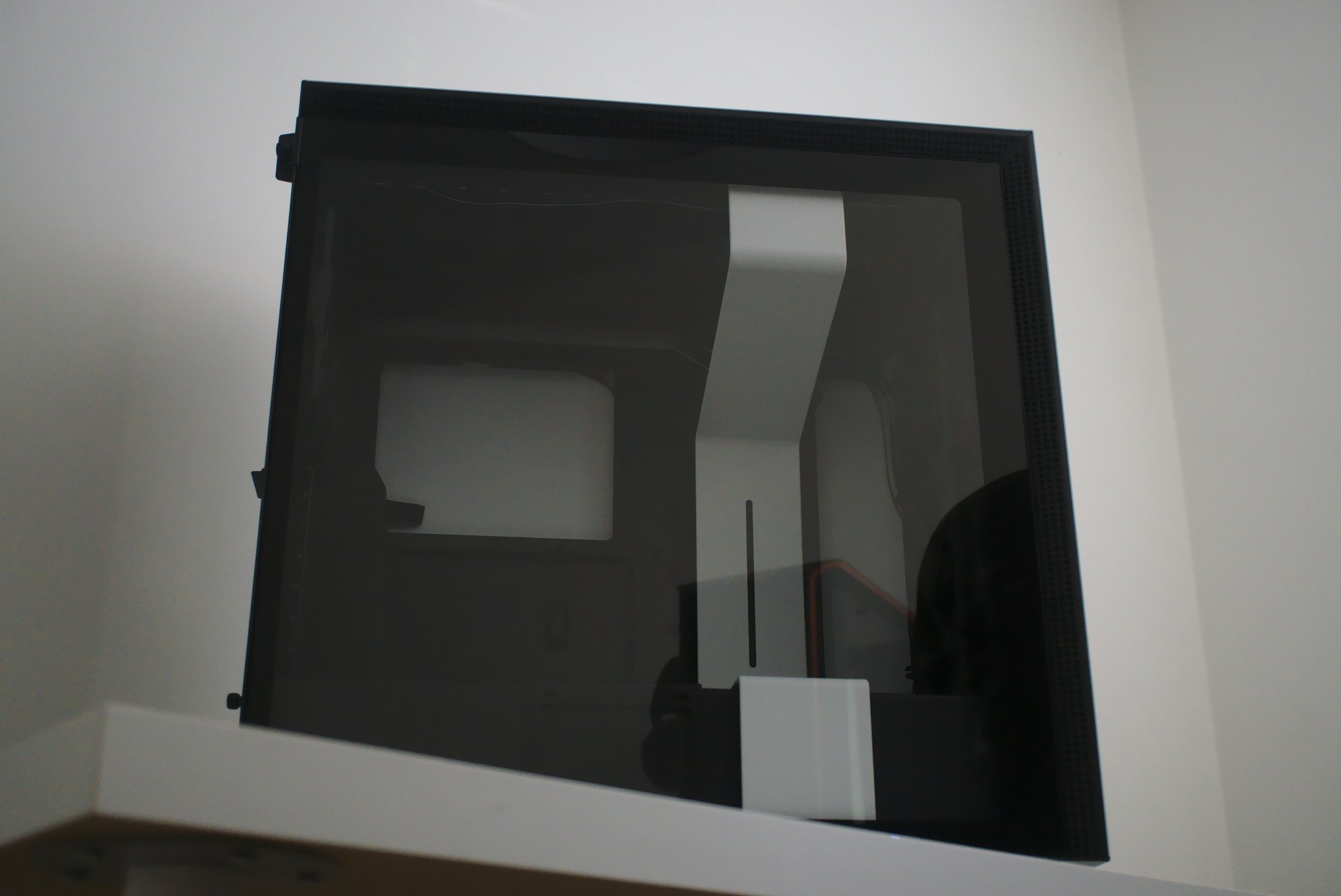
For looks, NZXT has nailed it with the H-series, and it's good to see the company further refine the chassis with latest technologies.
Easy to build inside the spacious H710i
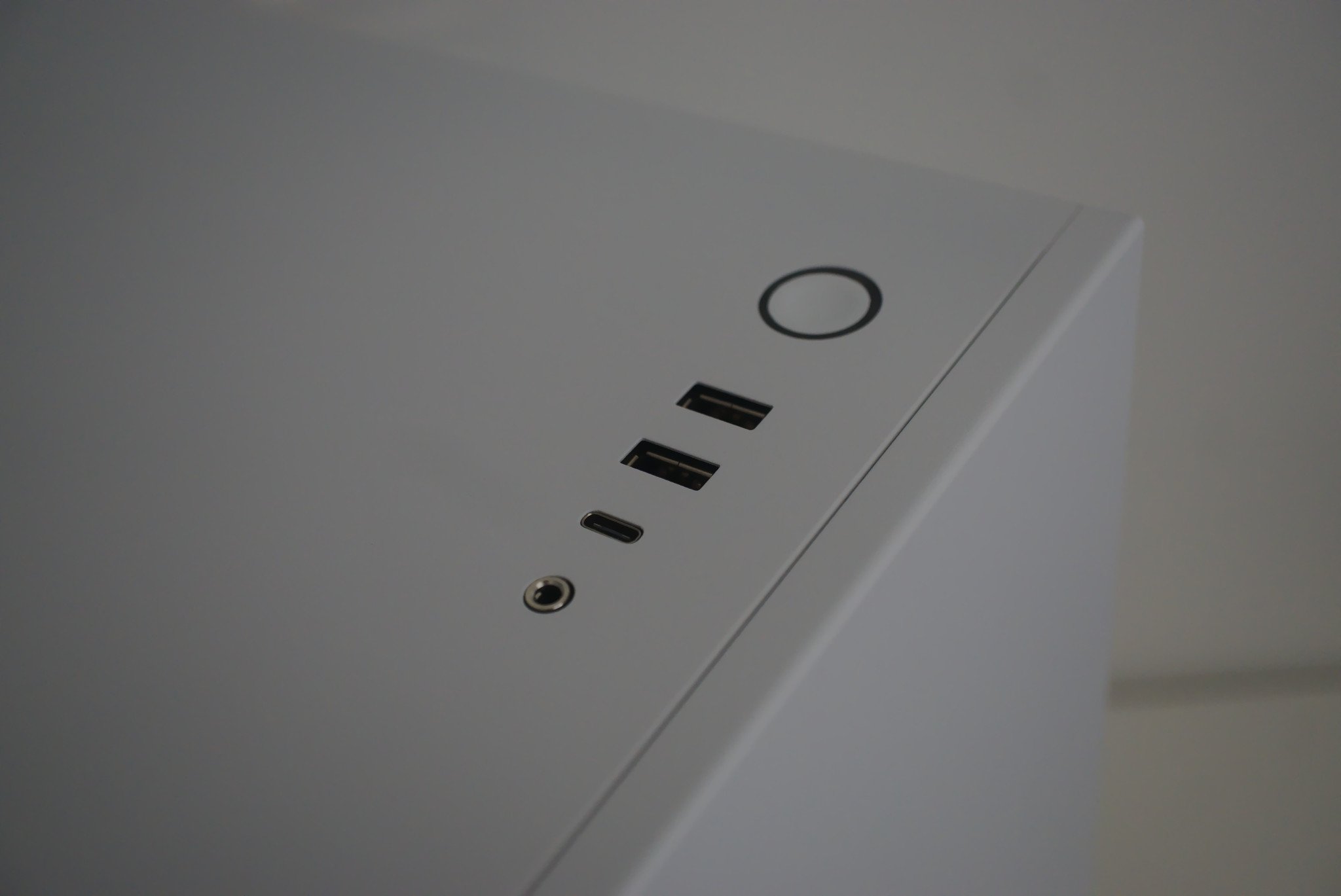
NZXT cases aren't all about looks. The company took steps to help system builders with cable management before it became a trend with the majority of cases released today. Interestingly, while the H510 Elite had the Smart Device V2, which essentially acts as a smart connected hub for all your fans and RGB lighting, installed behind the motherboard tray, the H710i has it on the front side, behind the main metal bracket.
Install everything and the kitchen sink inside the gorgeous NZXT H710i.
Everything up to a full-sized ATX motherboard will fit inside the H710i and you can throw in countless storage drives for all your games and software. After that, you can install a custom water loop with two large radiators without issue. There's that much space to work with here.
NZXT has four AER fans pre-installed, as well as a single RGB strip for lighting. All these are hooked up to the Smart Device V2, allowing you to control them through NZXT's CAM software.
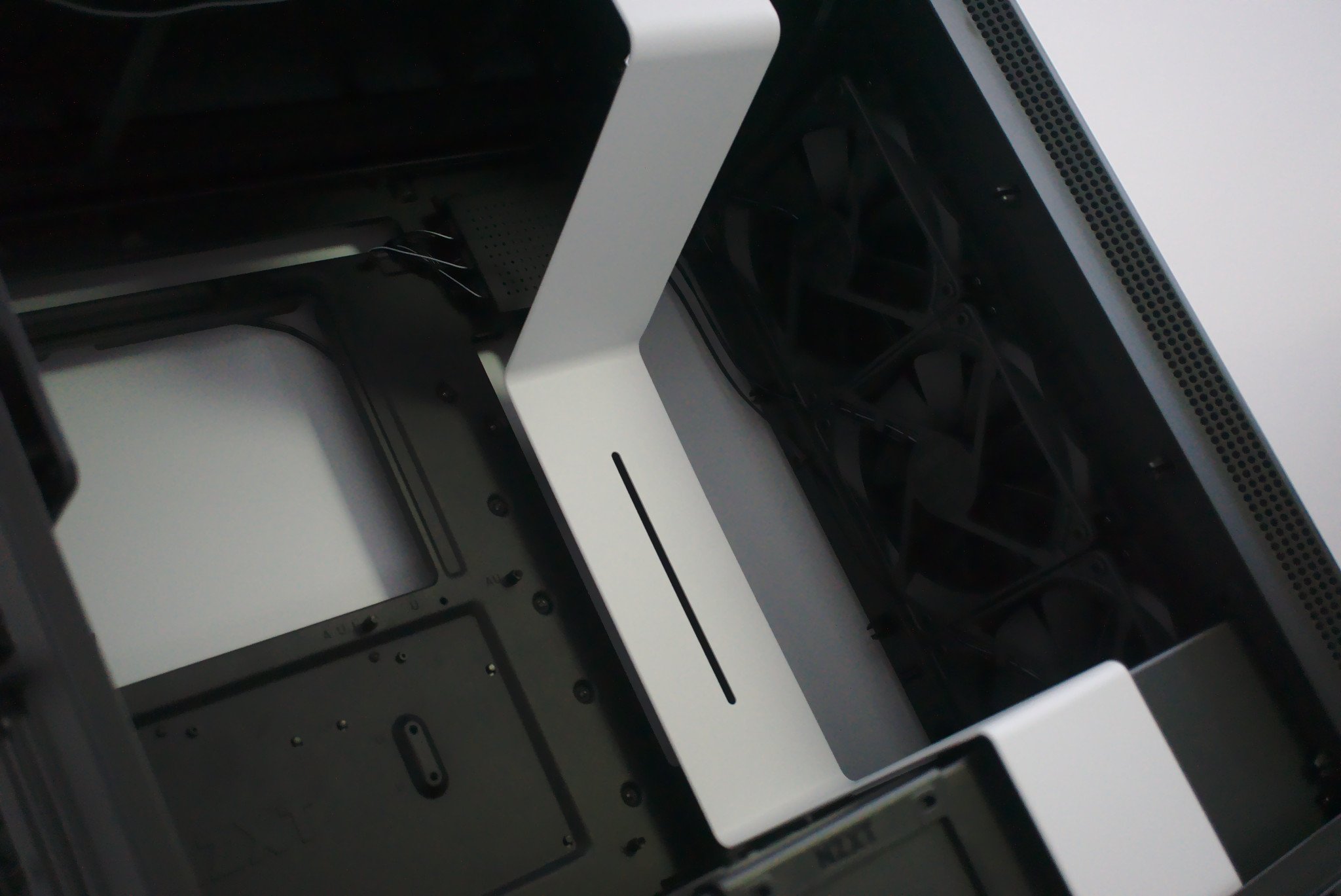
Even power-hungry enthusiast builds should be just fine with the available airflow. After putting together a test rig with an AMD Ryzen 9 3900X CPU (with be quiet! Dark Pro 4), ZOTAC AMP! Extreme GTX 1070 GPU, and 32GB RAM with a Seagate FireCuda NVMe SSD, we found no issues when running games, benchmarks and leaving the PC for some time. Using NZXT's E500W PSU allowed us to hook everything up to CAM. Temperatures were well within expected ranges and even knocked off a few degrees compared to the H510 Elite.
Fan filters for the front and underbelly of the H710i are easily accessible, making it less of a chore when keeping dust out of your PC on a regular basis.
You'll dislike the color choice
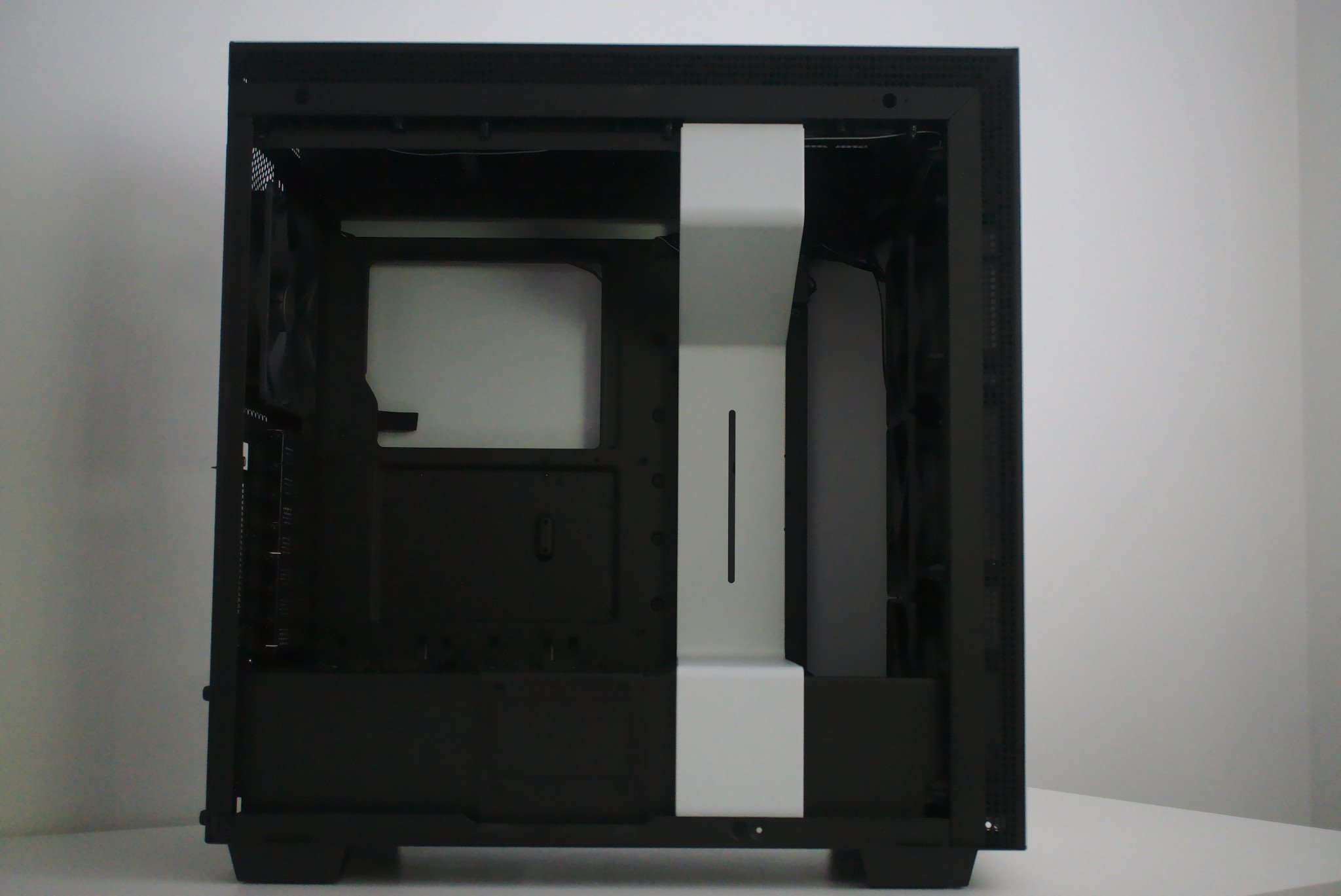
White and black cases are great, but it's nice to have a selection of colors to choose from. NZXT only provides a small selection for the H710i. There's no shade of grey, nor are there vibrant colors. One could argue that there simply wouldn't be enough demand for such options, but it would have been good to see, nonetheless.
The H710i also supports vertical mounting of GPUs, but no riser cable is included, requiring you to pay extra to pick one up if you wish to have your GPU installed vertically.
So should you buy the NZXT H710i?
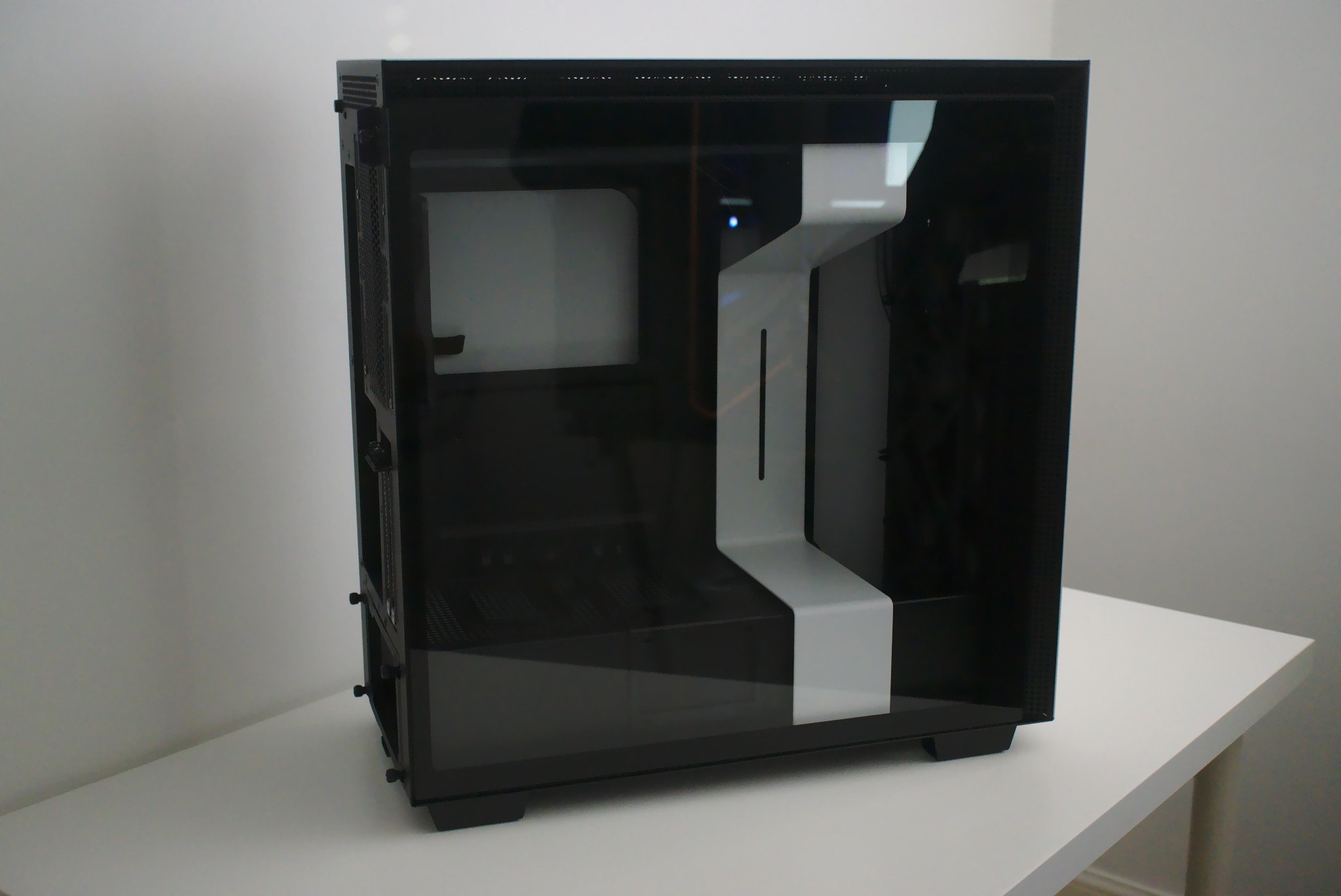
NZXT's H710i is the largest H-series case being produced right now, allowing you to throw even more components inside the chassis than the H510. Should you have a larger radiator and more SSDs to install, the H710i will make the process of connecting everything together that much easier.
Not only does the H710i have ample space to install your dream PC, but it's also great for airflow and looks great as a showcase piece. Throw some RGB lighting and other case mods, and you can create quite the exquisite-looking PC that you may even forget exists thanks to more than adequate sound dampening.

Rich Edmonds was formerly a Senior Editor of PC hardware at Windows Central, covering everything related to PC components and NAS. He's been involved in technology for more than a decade and knows a thing or two about the magic inside a PC chassis. You can follow him on Twitter at @RichEdmonds.
